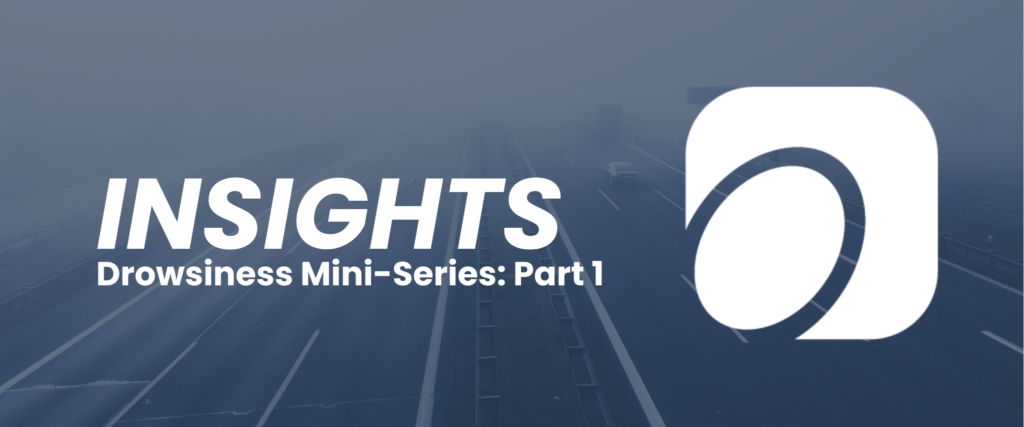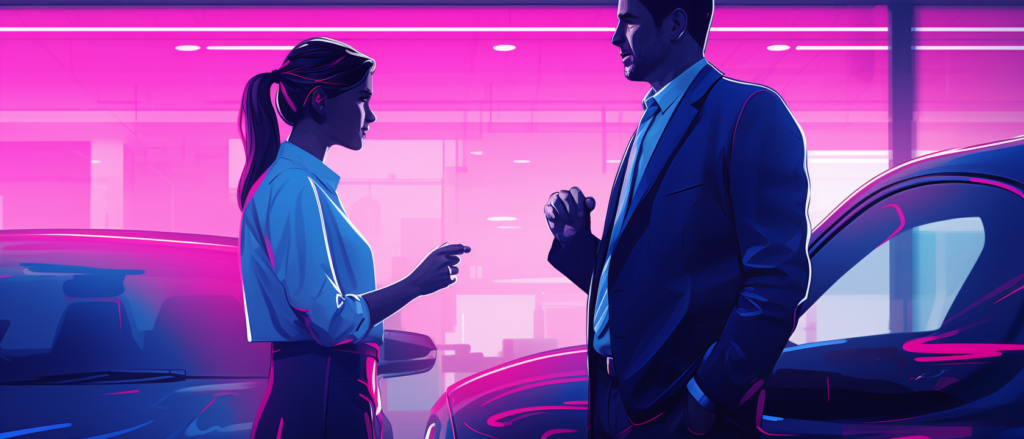
What is Drowsiness?
In this 5-part mini-series, we discuss all things drowsiness. We start by demystifying the condition, then dive into the human processes that regulate drowsiness, explore how it is measured and describe the development of an objective drowsiness metric. We finish by explaining how the next generation of vehicles will be able to deploy countermeasures to drowsiness, extending drive times and getting everyone home safely. Join us on this 5-week journey – please buckle up and enjoy the ride!
Drowsiness is one of the leading causes of driver impairment and is a major contributor to road accidents and fatalities. Independent studies in Europe have shown that approximately 1 in 5 road crashes are caused by drowsy driving. In the U.S., The National Highway Traffic Safety Administration (NHTSA) estimates that every year about 100,000 police-reported, drowsy-driving crashes result in nearly 800 fatalities and about 50,000 injuries, a statistic that is underestimated as experts believe we are often not aware of it when it happens. Hence, it did not come as a surprise when the European Commission decided to include driver drowsiness detection as one of the safety mandates in cars sold in the European Union. Euro NCAP has also incorporated drowsiness detection as part of its assessment protocol when evaluating a vehicle’s safety ratings.
Drowsiness is described as the transition between the wakefulness and sleep behavioural states. It can be divided into two categories: intentional and unintentional drowsiness. We experience intentional drowsiness when we go to bed at night, when the conditions are right (warm, dark, quiet, comfortably lying down in bed). We close our eyelids voluntarily and consequently stop blinking, leading into a state of drowsiness within a few minutes. However, drowsiness can also occur unintentionally and can lead to fatalities when it happens to a driver behind the wheel.
The main difference between intentional and unintentional drowsiness relates to us closing our eyes voluntarily with the intention of falling asleep (intentional drowsiness) or staying awake (unintentional drowsiness).

From a driver’s perspective, drowsiness is dangerous because we are cognitively impaired and are not as attentive as we would normally be. Our thinking and reaction times slow down, inevitably making us a higher risk on the road. In healthy people, drowsiness builds up, the longer a person stays awake and has to do with the accumulation of a sleep-inducing chemical in the brain called adenosine. If a person is drowsy, periods of inactivity (like sitting being the wheel in traffic) would elevate a person’s drowsiness level.
Drowsiness leads to, and is remedied by, sleep. However, studies have shown that when we feel drowsy, we can undertake different tasks or countermeasures to try and stay awake. When driving, prolonging safe driving with countermeasures can be critical in ensuring that we arrive at our destination safely. But, before we get ahead of ourselves, we need to understand the processes that drive drowsiness in humans. This will be the topic of our next discussion.
For more detailed information please see Dr Murray John’s publication titled “Assessment of ‘Sleepiness’ in Human Drug Trials: A New Perspective”. You can download a copy here.
Drowsiness Detection and Validation
Assess your Driver Monitoring Solutions against Optalert’s scientifically validated measures.
Upload your data


